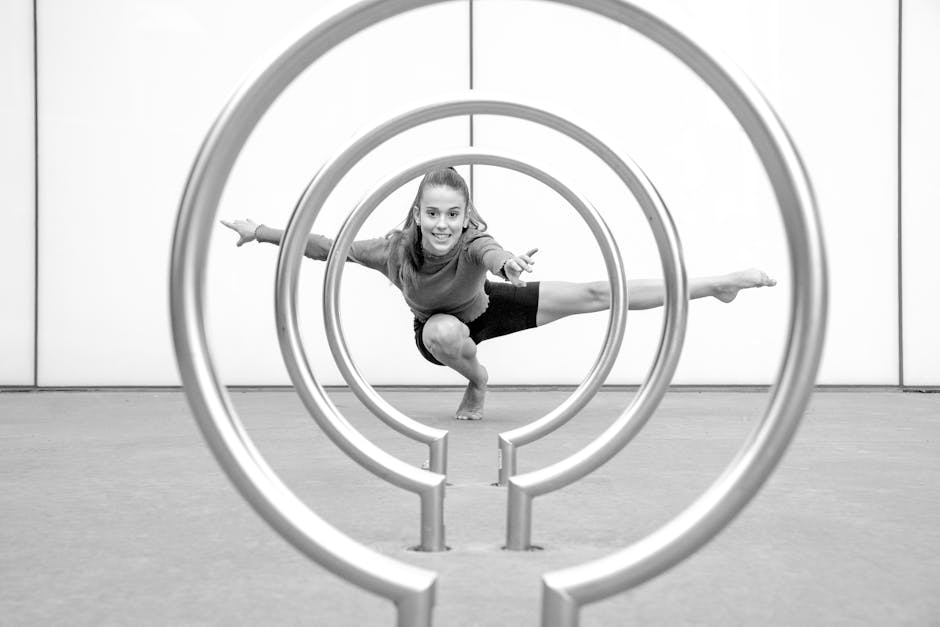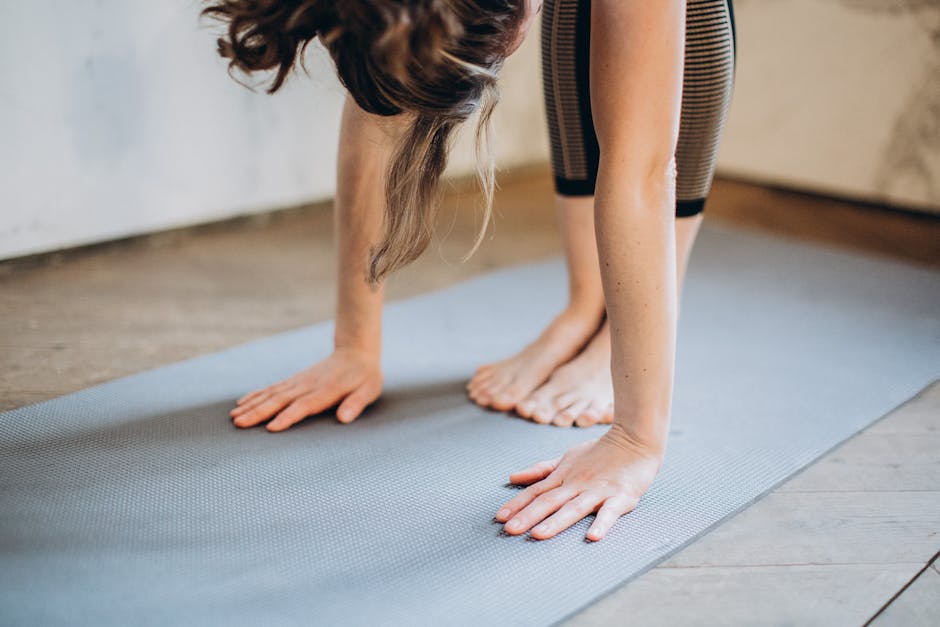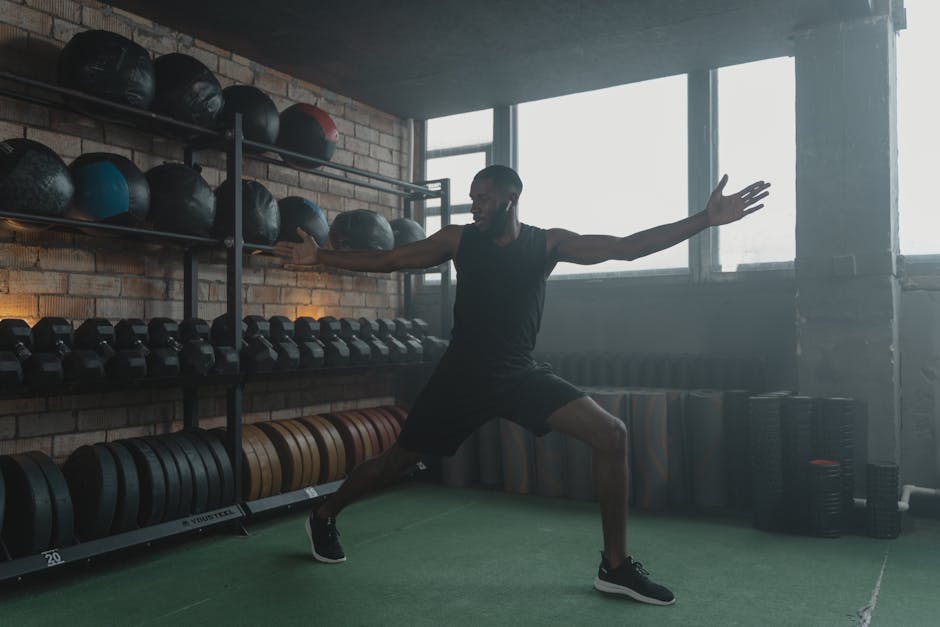Fitness & Workout Guide is your essential resource for building a sustainable, results-driven approach to exercise and nutrition. At Fit Food Wisdom, we believe that optimal health and fitness are achieved through smart, evidence-based strategies that empower you to make lasting changes. Whether you’re a beginner or a seasoned athlete, this comprehensive guide will help you unlock your potential, avoid common mistakes, and create a balanced routine that fits your lifestyle.
Why Fitness Matters: The Foundation of a Healthy Life

Photo by Patrick Dunn on Pexels
Physical fitness is more than just looking good—it’s the cornerstone of overall well-being. Regular exercise improves cardiovascular health, strengthens muscles and bones, boosts mental health, and reduces the risk of chronic diseases. Engaging in consistent physical activity supports your immune system, enhances cognitive function, and increases your energy levels, making everyday tasks easier and more enjoyable.
Beyond the physical benefits, fitness cultivates discipline, resilience, and confidence. The journey to better health often begins with small, manageable steps that gradually build into lifelong habits. By understanding the true value of fitness, you can set meaningful goals and stay motivated, even when challenges arise. Remember, the foundation of a healthy life is built on regular movement, balanced nutrition, and a positive mindset.
Setting Realistic Fitness Goals: The Key to Success

Photo by cottonbro studio on Pexels
One of the most critical steps in any fitness journey is goal setting. Clear, realistic goals give you direction and purpose, helping you track progress and celebrate achievements. Start by identifying your primary motivation—whether it’s weight loss, muscle gain, improved endurance, or enhanced flexibility. Use the SMART framework: Specific, Measurable, Achievable, Relevant, and Time-bound goals ensure clarity and accountability.
Break large objectives into smaller milestones to avoid feeling overwhelmed. For example, if your goal is to run a 5K, start with walking, then gradually introduce intervals of jogging. Track your progress using a journal or fitness app, and adjust your plan as needed. Remember, setbacks are a natural part of the process. Stay patient, stay consistent, and celebrate every victory, no matter how small.
Building Your Workout Routine: Structure for Success

Photo by Elina Fairytale on Pexels
A well-structured workout routine is essential for maximizing results and minimizing the risk of injury. Start by determining how many days per week you can realistically dedicate to exercise. Aim for a balanced mix of cardiovascular training, strength training, flexibility work, and rest. For most people, 3-5 sessions per week is effective for building fitness while allowing adequate recovery.
Cardio exercises—such as running, cycling, or swimming—improve heart health and burn calories. Strength training, using bodyweight or resistance equipment, builds muscle and boosts metabolism. Flexibility and mobility work, like yoga or dynamic stretching, enhance range of motion and prevent injury. Schedule rest days to allow your body to recover and adapt. Consistency is key; even short sessions can yield significant benefits over time.
Smart Nutrition for Optimal Performance

Photo by Jill Burrow on Pexels
Nutrition is the fuel that powers your workouts and supports recovery. Eating a balanced diet rich in whole foods—lean proteins, complex carbohydrates, healthy fats, fruits, and vegetables—provides the essential nutrients your body needs to perform at its best. Focus on nutrient timing: consume a balanced meal or snack 1-2 hours before exercise, and refuel with protein and carbohydrates within an hour after your workout to maximize recovery.
Stay hydrated by drinking water throughout the day, especially before, during, and after exercise. Limit processed foods, added sugars, and excessive saturated fats, which can hinder performance and slow recovery. Consider tracking your food intake to identify areas for improvement and ensure you’re meeting your nutritional needs. Remember, there’s no one-size-fits-all approach—experiment and listen to your body’s signals to find what works best for you.
Effective Cardio Training: Boost Heart Health and Burn Fat

Photo by Mario García on Pexels
Cardiovascular exercise is vital for heart health, endurance, and fat loss. Options include running, brisk walking, cycling, swimming, rowing, and group fitness classes. The key is to choose activities you enjoy, as this increases adherence and long-term success. Vary your intensity and duration to keep workouts interesting and challenging.
High-Intensity Interval Training (HIIT) is a popular method that alternates short bursts of intense activity with periods of rest or low-intensity movement. HIIT can deliver impressive results in less time, improving cardiovascular fitness and burning calories efficiently. For beginners, start with moderate-intensity steady-state cardio and gradually introduce intervals as your fitness improves. Aim for at least 150 minutes of moderate-intensity or 75 minutes of vigorous-intensity cardio per week, as recommended by health authorities.
Strength Training Essentials: Build Muscle and Boost Metabolism

Photo by The Lazy Artist Gallery on Pexels
Strength training is crucial for building lean muscle, increasing metabolism, and supporting joint health. You don’t need a gym membership to get started—bodyweight exercises like squats, push-ups, and lunges are effective and require no equipment. As you progress, incorporate resistance bands, dumbbells, or barbells to increase the challenge.
Focus on compound movements that engage multiple muscle groups, such as deadlifts, bench presses, and pull-ups. Aim for 2-4 strength sessions per week, targeting all major muscle groups. Allow at least 48 hours of recovery between sessions for the same muscle group. Track your progress by recording sets, reps, and weights, and gradually increase the intensity to continue making gains.
Flexibility and Mobility: The Missing Link in Fitness

Photo by Pavel Danilyuk on Pexels
Flexibility and mobility are often overlooked but are essential for injury prevention, improved posture, and optimal performance. Incorporate dynamic stretching as part of your warm-up to prepare muscles for movement, and static stretching during cool-down to enhance flexibility. Practices like yoga and Pilates can improve both flexibility and core strength.
Mobility drills, such as hip openers and shoulder rotations, help maintain joint health and range of motion. Dedicate 10-15 minutes to flexibility and mobility work at the end of each workout or as a standalone session. Consistent practice will yield noticeable improvements in movement quality and overall comfort during daily activities.
Rest and Recovery: The Power of Downtime

Rest is a critical component of any fitness & workout guide. Muscles repair and grow during periods of rest, not just during workouts. Prioritize 7-9 hours of quality sleep each night to support recovery, hormone balance, and mental clarity. Incorporate active recovery—such as walking, gentle cycling, or stretching—on rest days to promote circulation and reduce soreness.
Listen to your body’s signals and adjust your routine if you experience persistent fatigue or pain. Overtraining can lead to injuries and setbacks, so respect your body’s need for downtime. Recovery techniques like foam rolling, massage, and mindful breathing can further enhance your results and keep you feeling your best.
Staying Motivated: Building Lasting Habits

Maintaining motivation is often the biggest challenge in any fitness journey. Set clear intentions, track your progress, and celebrate milestones to stay inspired. Find a workout buddy or join a community for accountability and support. Mix up your routine regularly to prevent boredom and keep your body adapting.
Remember, setbacks are normal. Focus on progress, not perfection, and practice self-compassion. Visualize your goals and remind yourself of your ‘why’—the deeper reason you started your fitness journey. With patience, persistence, and the right strategies, you can build habits that last a lifetime.
Common Fitness Myths Debunked

Photo by FbyF Studio on Pexels
The fitness world is full of myths that can derail your progress. One common misconception is that you need to spend hours in the gym to see results. In reality, short, focused workouts can be highly effective. Another myth is that lifting weights makes you ‘bulky’—in truth, strength training helps sculpt a lean, toned physique.
Spot reduction—the idea that you can lose fat from specific areas by targeting them with exercises—is also false. Fat loss occurs throughout the body with consistent exercise and proper nutrition. Finally, remember that supplements are not a substitute for a balanced diet. Focus on whole foods first and consult a professional before adding supplements to your regimen.
Getting Started: Your Action Plan for Success

Ready to begin your fitness & workout journey? Start by assessing your current fitness level and identifying your goals. Create a balanced routine that includes cardio, strength, flexibility, and rest. Prioritize smart nutrition and hydration to fuel your body and support recovery.
Track your progress, stay consistent, and adjust your plan as needed. Seek guidance from qualified professionals if you’re unsure where to start or need additional support. Remember, the path to optimal health and fitness is a marathon, not a sprint. Embrace the process, celebrate your achievements, and enjoy the journey with Fit Food Wisdom as your guide.
Sources
- https://wod.guru/blog/seo-for-gyms/
- https://writesonic.com/blog/seo-for-fitness-gyms
- https://mypersonaltrainerwebsite.com/blog/write-seo-optimised-fitness-articles
- https://97display.com/blog/how-fitness-businesses-can-utilize-blog-seo/

